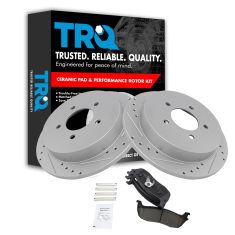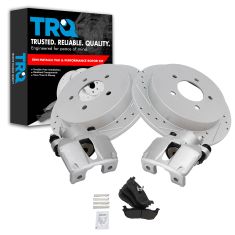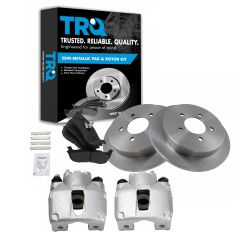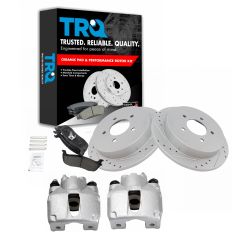1APBS00063-Ford Lincoln Rear Semi-Metallic Performance Brake Pad & Rotor Kit TRQ Performance BKA12087
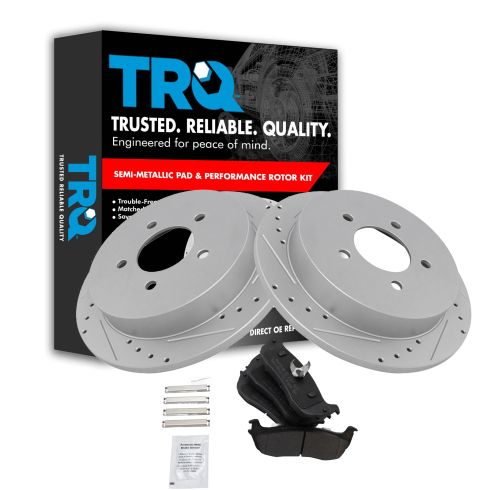
Replaces
2002 Lincoln Blackwood Rear Semi-Metallic Performance Brake Pad & Rotor Kit TRQ Performance BKA12087

Product Reviews
Loading reviews
There are no reviews for this item.
Customer Q&A
Will these fit my 2003 Ford lightning ?
March 30, 2023
10
These will fit a 2003 Ford F150 Truck with 5 Lug Wheels.
March 30, 2023
T I
Lincoln is a registered trademark of Ford Motor Company. 1A Auto is not affiliated with or sponsored by Lincoln or Ford Motor Company.
See all trademarks.








